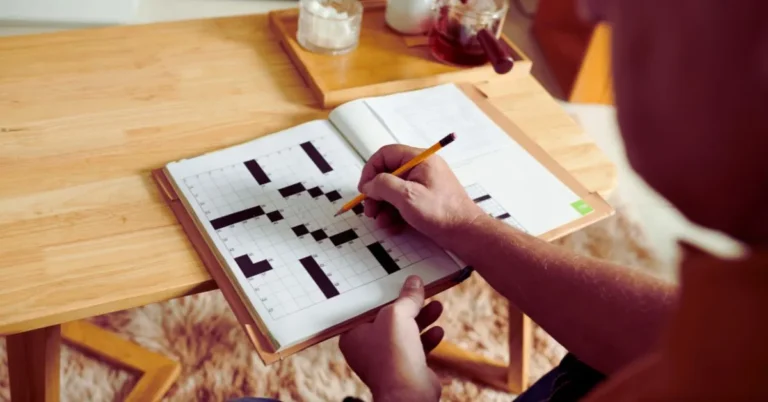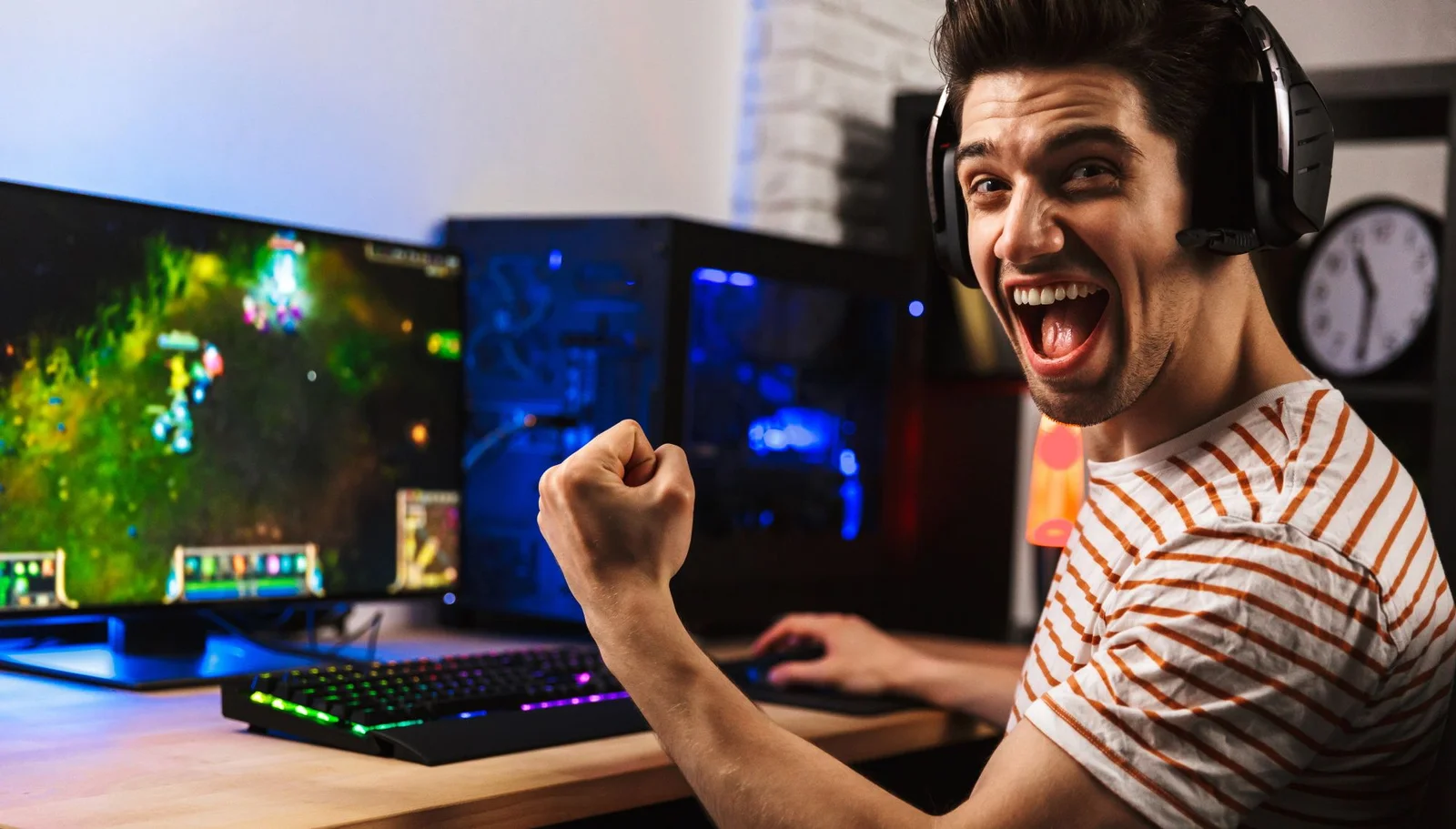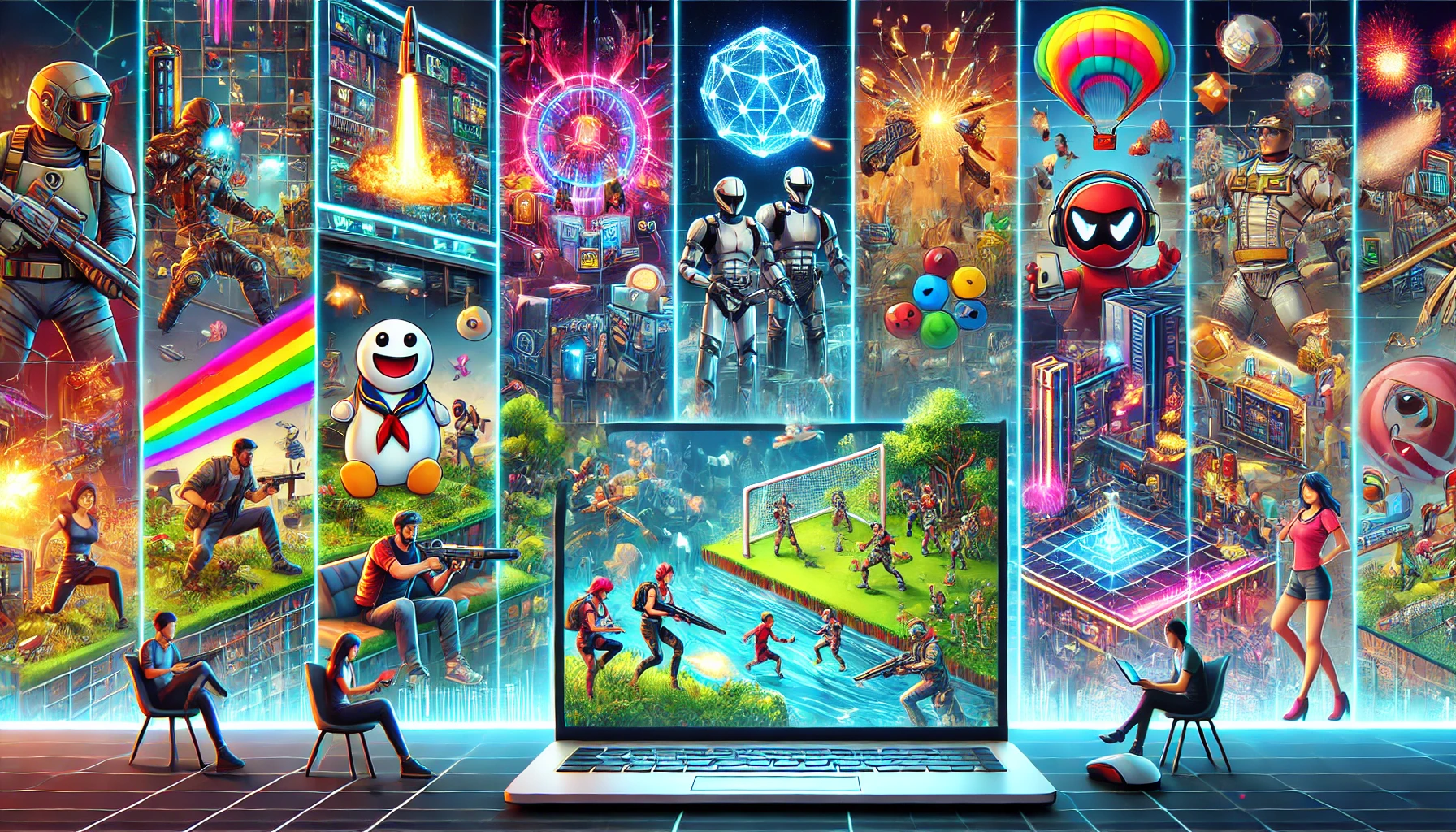“Latches onto NYT” has become a familiar phrase within the crossword puzzle community. For many, the New York Times (NYT) crossword is the gold standard, a daily ritual that sharpens the mind and brings joy. The NYT crossword is more than just a game; it’s a cultural icon that countless solvers latch onto for a daily dose of intellectual challenge. This article explores the allure of the NYT crossword, why so many enthusiasts are drawn to it, and how it has shaped the world of puzzles and latches onto nyt.
The Legacy of the NYT Crossword Puzzle
The New York Times crossword puzzle has a storied history that dates back to 1942. Since its inception, it has evolved from a simple pastime to a daily must-solve challenge for millions of people. The phrase “latches onto nyt” aptly describes how crossword solvers worldwide gravitate towards the NYT puzzle, seeking out its unique blend of wit, difficulty, and cultural relevance. Over the years, the NYT Crossword has maintained its reputation by consistently offering puzzles that are not only challenging but also reflective of contemporary language and events.
What Makes the NYT Crossword So Addictive?
For many, solving the NYT crossword is an addictive pursuit. The latches onto nyt puzzles are meticulously crafted, with clues that are often clever, misleading, and steeped in wordplay. It’s this level of craftsmanship that sets the NYT crossword apart from others, causing solvers to latch onto it day after day. The satisfaction derived from solving a particularly tough clue or completing a grid is unparalleled. This daily mental exercise is not just a habit but a passion for many who find themselves eagerly awaiting the next day’s challenge.
The Role of Will Shortz in Shaping the NYT Crossword
One cannot discuss the NYT crossword without mentioning Will Shortz, the puzzle editor who has been at the helm since 1993. His influence on the crossword world is profound, with many solvers crediting him for the puzzle’s continued popularity. Shortz’s approach to latches onto nyt puzzles—balancing difficulty with solvability, and tradition with innovation—has ensured that the NYT crossword remains a beloved staple. As a result, countless crossword enthusiasts have latched onto the NYT not just for the challenge, but for the experience that Shortz’s editorial direction provides.
The Community Around the NYT Crossword and latches onto nyt
The phrase “latches onto nyt” also reflects the strong community that has formed around the NYT crossword. Online forums, social media groups, and puzzle clubs bring solvers together to discuss clues, share solving strategies, and bond over their love of wordplay. The community aspect enhances the crossword experience, making it a shared pursuit rather than a solitary one. This sense of belonging is yet another reason why so many puzzle enthusiasts find themselves repeatedly drawn to the NYT crossword.
The Impact of the NYT Crossword on Popular Culture
The influence of the NYT crossword extends beyond the puzzle itself. It has become a significant part of popular culture, often referenced in movies, TV shows, and literature. The crossword’s iconic status means that latching onto the NYT puzzle is not just about solving it, but also about being part of a larger cultural phenomenon. Whether it’s a celebrity sharing their love for the puzzle or a TV show featuring a crossword-themed episode, the NYT crossword’s reach is vast, further cementing its place in the hearts of solvers.
The Future of the NYT Crossword and latches onto nyt
As we look to the future, it’s clear that the NYT crossword will continue to be a cornerstone of the puzzle world. With the advent of digital platforms, more people than ever are latching onto the NYT crossword, solving it on their phones, tablets, and computers. The digital shift has made the puzzle more accessible, allowing a new generation of solvers to experience the challenge and joy that the NYT crossword brings. As the latches onto nyt puzzle continue to evolve, its ability to adapt while maintaining its core appeal will ensure that it remains a beloved pastime for years to come.
Why “Latches Onto NYT” Resonates with Puzzle Enthusiasts
The phrase “latches onto NYT” encapsulates the deep connection that many solvers feel with the New York Times crossword. It’s not just a puzzle; it’s a part of their daily lives, a source of intellectual stimulation and a connection to a broader community of like-minded individuals. For those who have made the NYT crossword a daily ritual, latching onto it is a testament to the puzzle’s enduring appeal and the satisfaction that comes with conquering its challenges.
Tips for New NYT Crossword Solvers
For those new to the NYT crossword, the initial experience can be daunting. The clues are often tricky, requiring not just knowledge but also an understanding of wordplay and lateral thinking. However, with practice, even beginners can latch onto the NYT crossword and find their rhythm. Start with the Monday latches onto nyt puzzles, which are generally easier, and work your way up through the week as the puzzles increase in difficulty. Don’t be discouraged by early struggles; every solver, no matter how experienced, starts as a beginner.
The Role of Technology in Enhancing the Crossword Experience and latches onto nyt
Technology has played a significant role in the NYT crossword’s accessibility and popularity. With the NYT Crossword app, solvers can now take their puzzles on the go, solving them at their convenience. The app offers features like hints, puzzle history, and a solver’s streak, which encourages daily engagement. This digital integration has allowed more people to latch onto the NYT crossword, making it a more integral part of their daily routines.
“Latches onto NYT” is a phrase that perfectly captures the essence of the New York Times crossword puzzle’s appeal. It represents the connection, dedication, and passion that solvers have for what is widely considered the best crossword puzzle in the world. Whether you’re a seasoned solver or a newcomer, the NYT crossword offers an experience that is challenging, rewarding, and deeply satisfying. As the puzzle continues to evolve and adapt to new technologies, it will undoubtedly maintain its status as a beloved daily ritual for generations to come.











